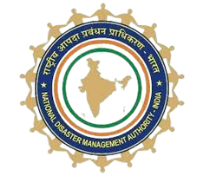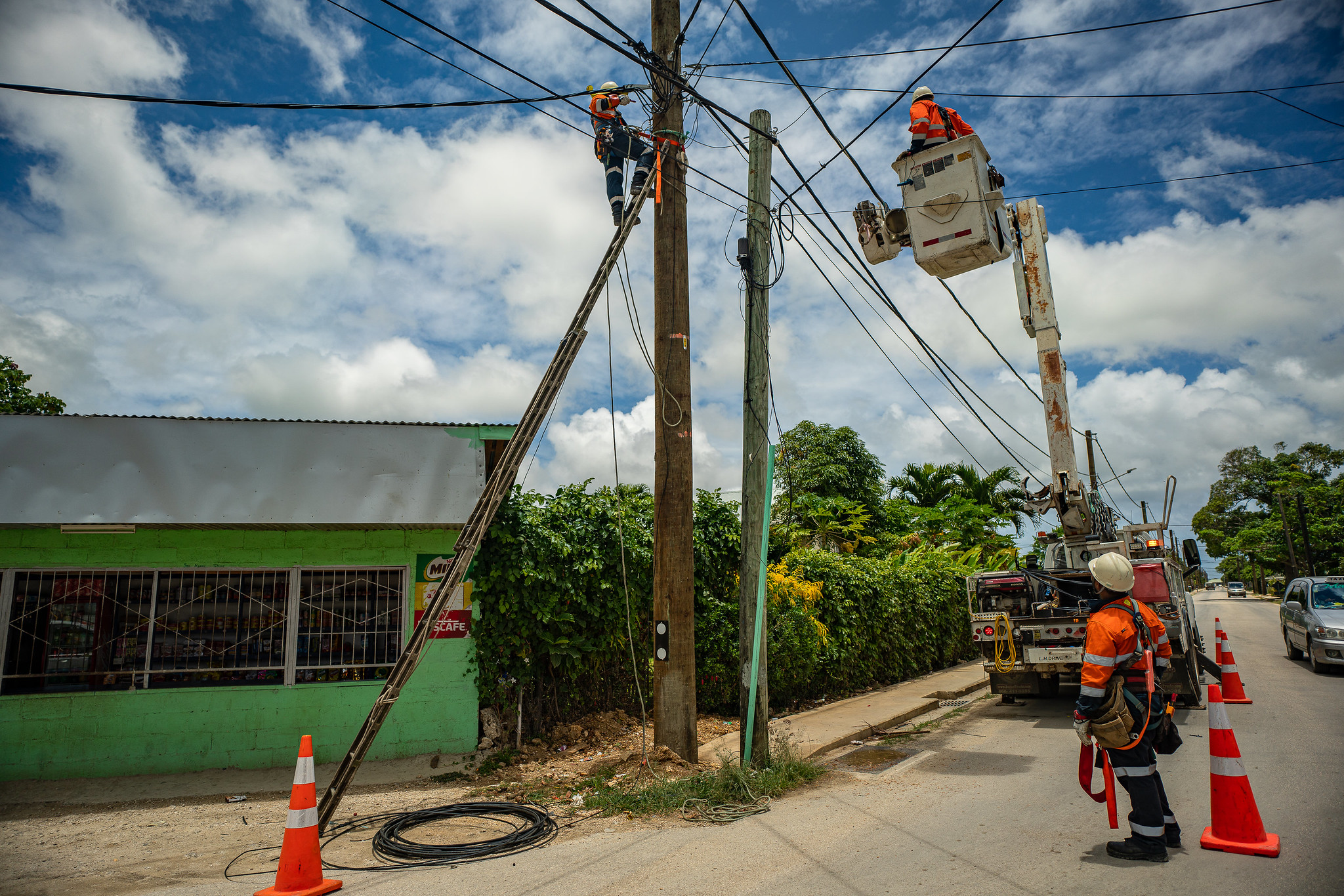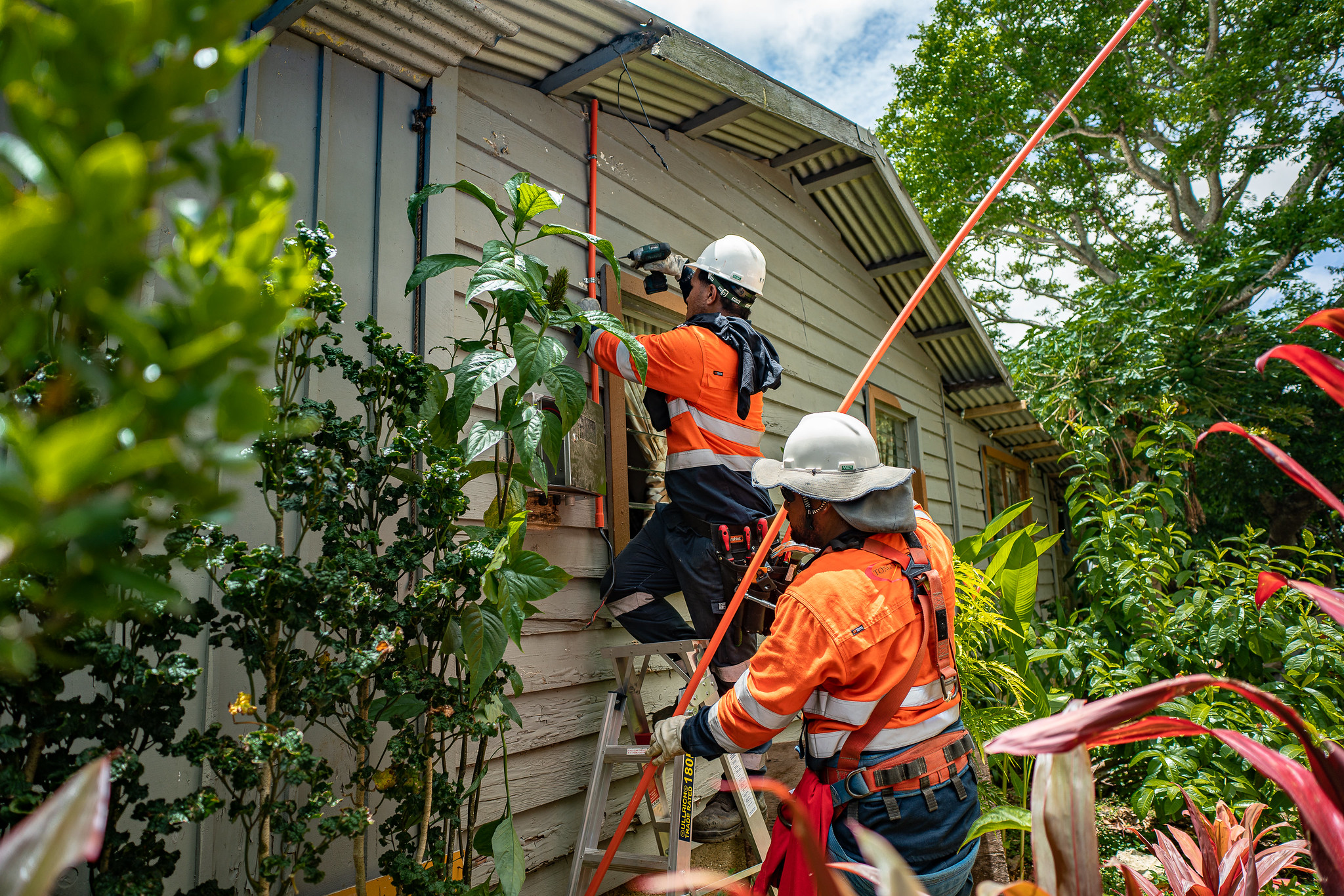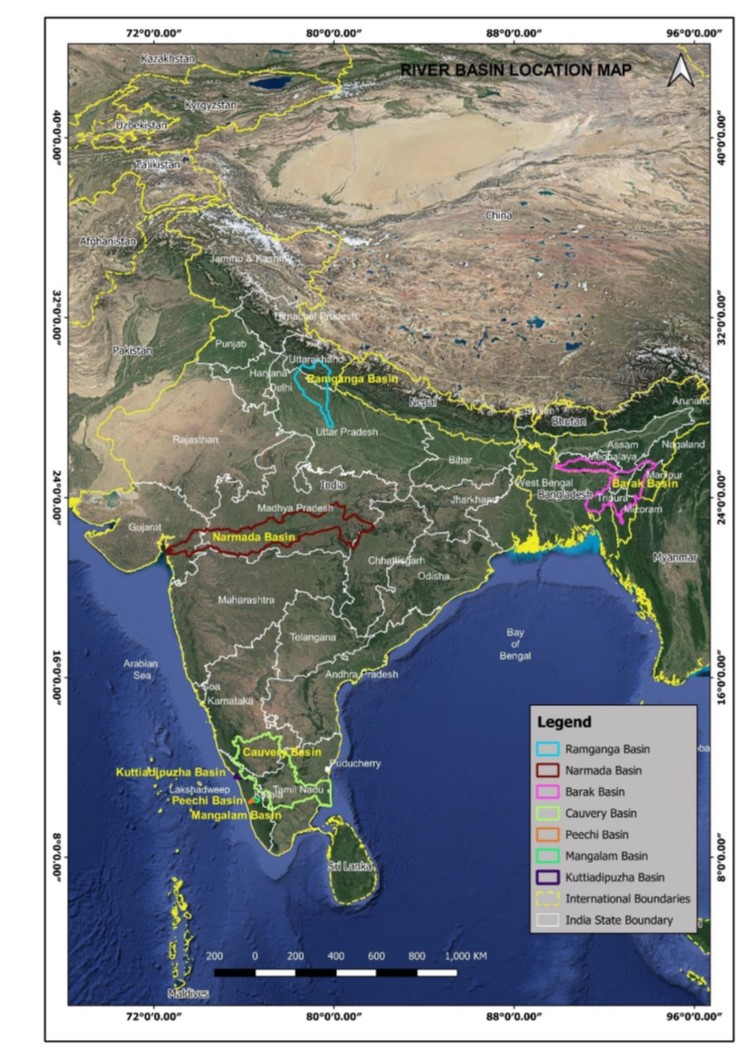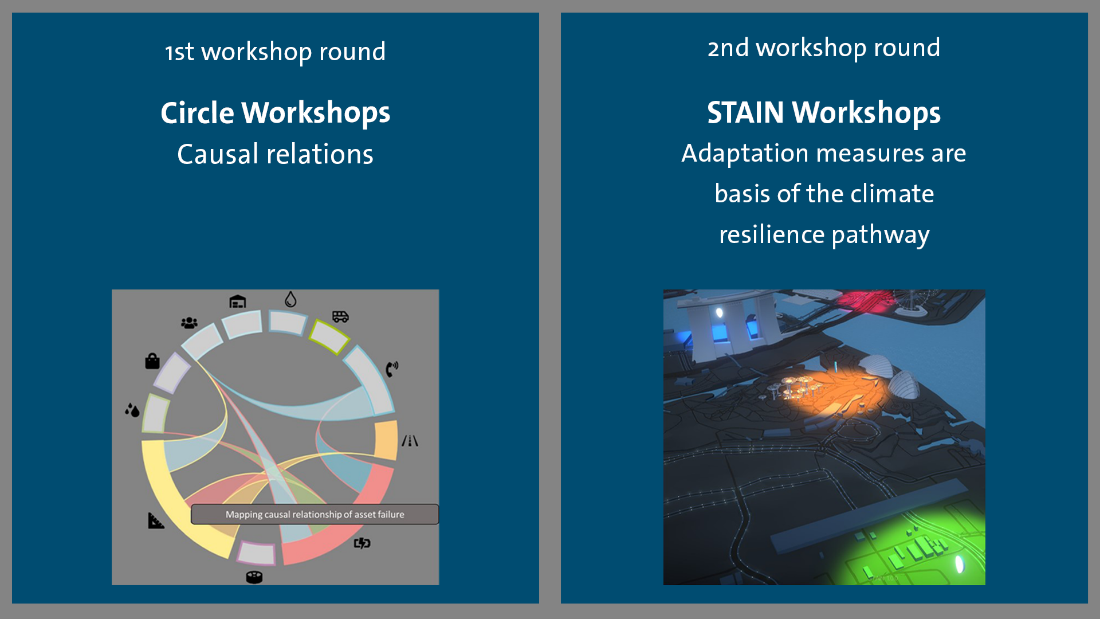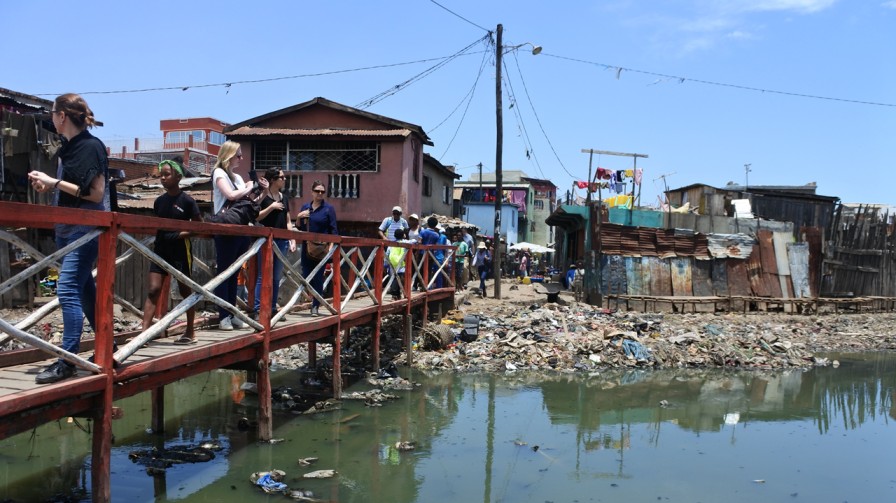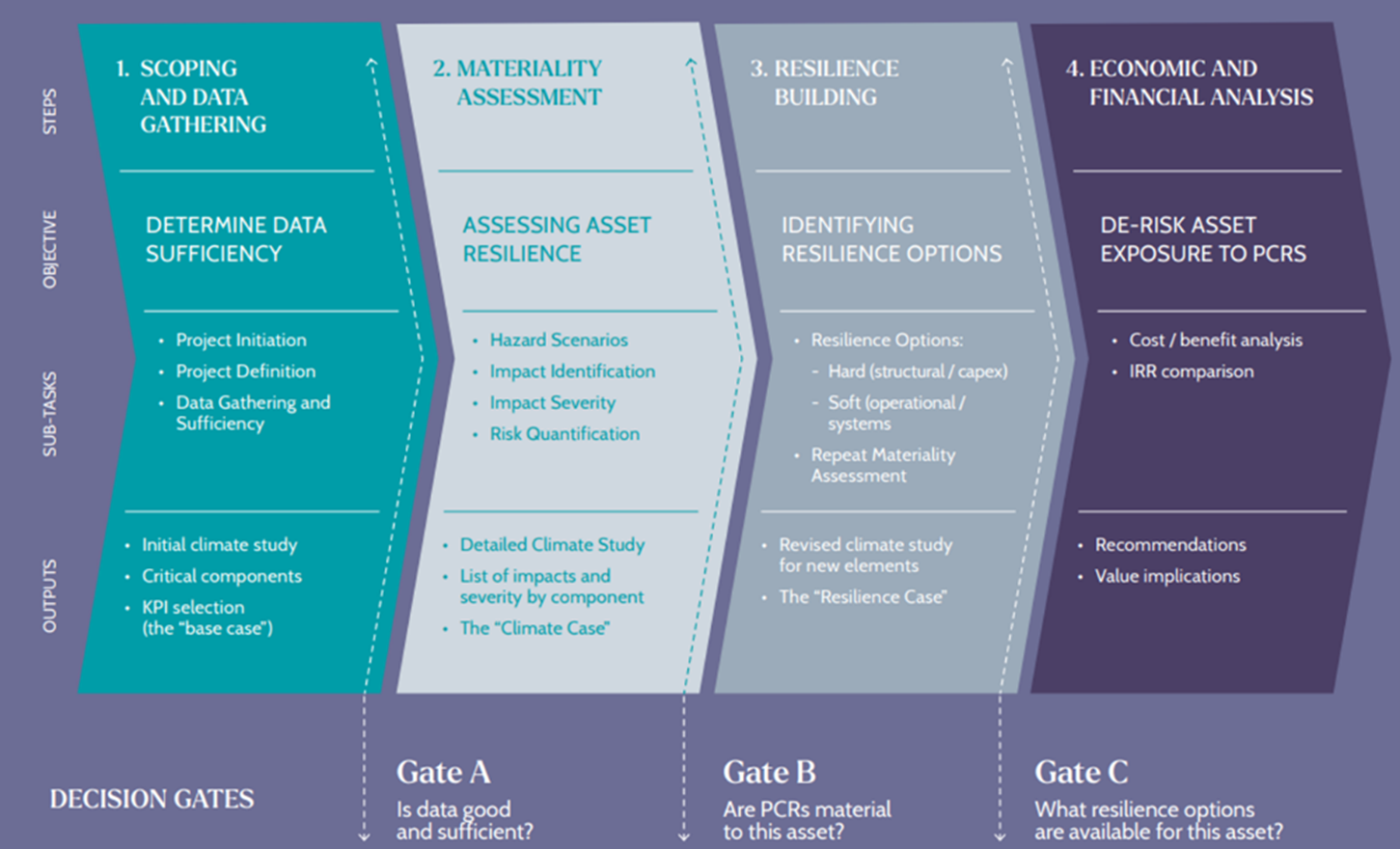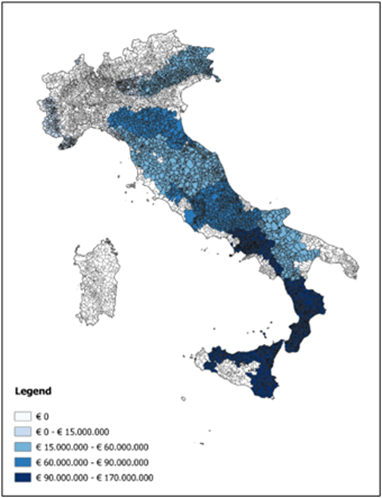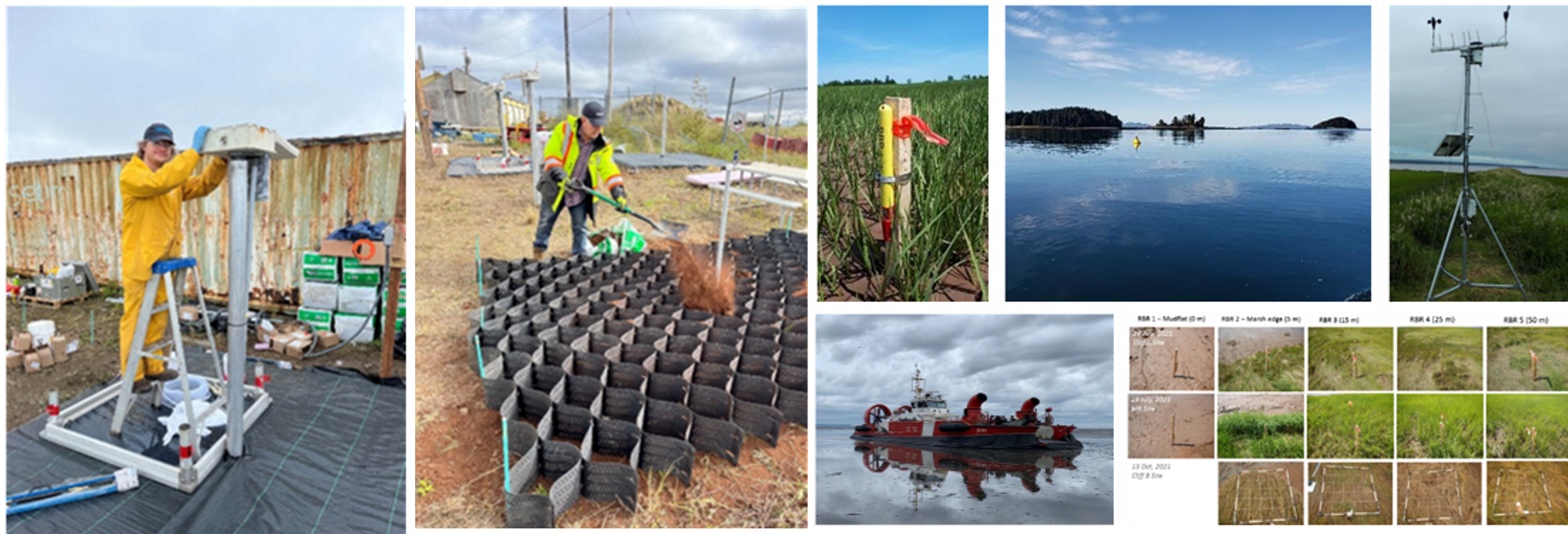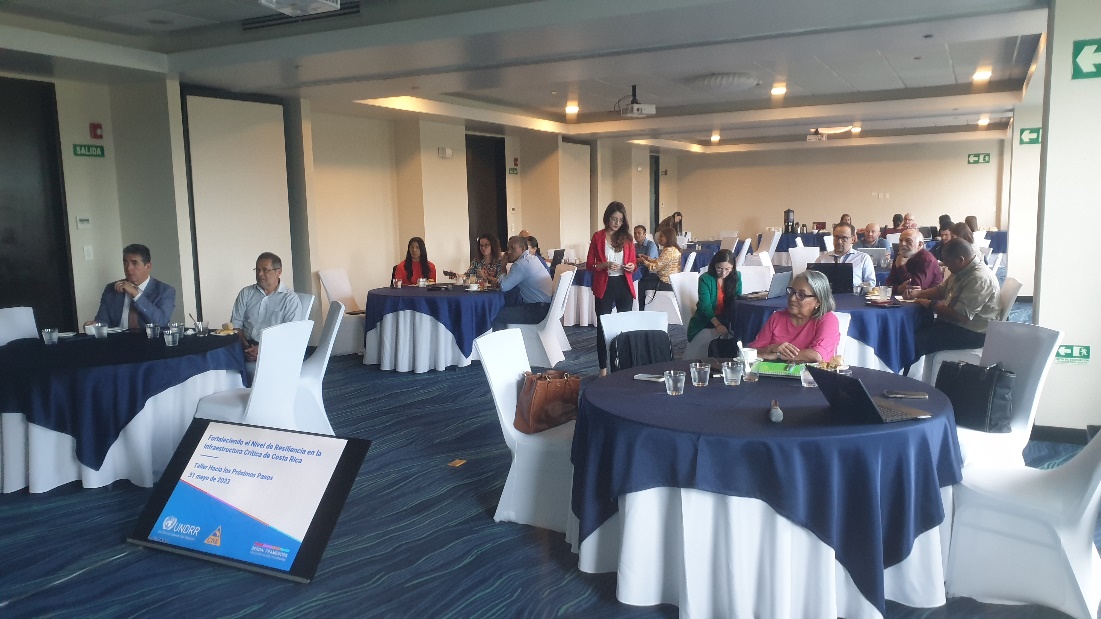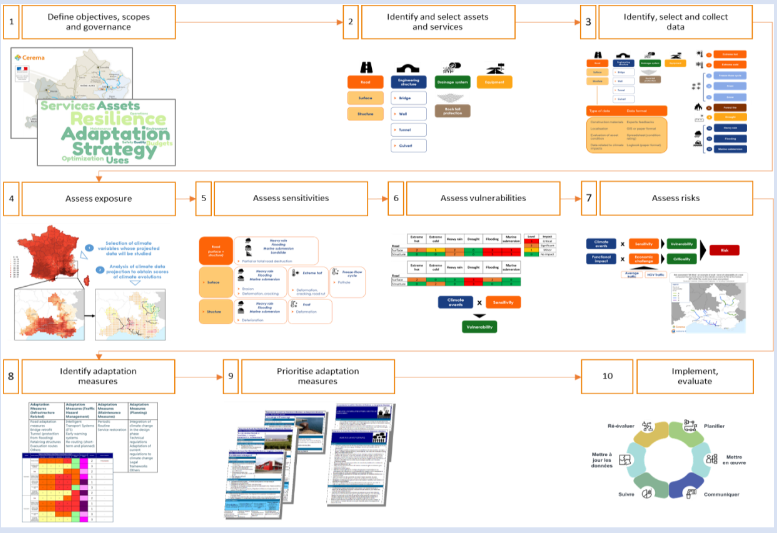The Asian Development Bank’s Operational Priority 3: Tackling Climate Change, Building Climate and Disaster Resilience, and Enhancing Environmental Sustainability sets out an approach to enhance the physical, eco-based, financial, social, and institutional resilience of Developing Member Countries. ADB projects seek to build resilience in one or multiple areas.
The project enhanced the physical resilience of Tonga’s power system by building a more decentralized network with strengthened distribution assets. Specific measures included moving service connections underground, changing distribution system aerial conductors from individual to bundled lines, upgrading the capacity of the distribution network, providing high voltage underground supply to critical locations, such as hospitals, network reconfiguration to support rollout of renewable energy, and applying the latest technical standards from Australia and New Zealand.
The project set high targets for capacity development and gender inclusion in order to develop a more diverse workforce that is better equipped to respond to future disasters. Capacity building included training and coaching for Tonga Power Limited to meet gender and social targets and strengthen implementation and coordination capacity for future emergencies. As a result of gender diversity efforts, TPL’s line crew is made up of 33% females.
At project completion, 2,184 customers were connected to the network, with sufficient provision to cater to any new connection requests arising from new developments in the area. A total of 256 customers were also able to connect to the grid energy for the first time and 71 new three-phase power connections were provided. A total of 24 transformers, and 35 km of high-voltage and 103 km of low voltage lines were used.
It is noted that 19 km more of the high-voltage and 45 km more of the low-voltage cables were used over the estimated lengths. This is attributed to the completion of the entire Area 2 upgrade work against a target of 90% at appraisal and to the extension of cables to vacant locations earmarked for upcoming development. In addition, a total of 830, 11-meter length poles for high voltage cabling and 2,214, 9-meter length poles for low voltage cabling were installed. Overall, the project met its expected impact and outcome targets and exceeded the output targets within the original budget and implementation timeline.







